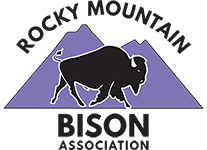Learn About Bison
Bison versus Buffalo
In the United States, we use “bison” and “buffalo” interchangeably for the same animal: the North American Buffalo or Bison.
Traditionally speaking …
The first written and recorded name for this animal was “buffalo” in the 1600’s. This came from the French fur trapper’s name for the animal, “Le Boeufs.” The fur trappers started using this term because the animal resembled Asian water buffalo or African cape buffalo, animals they were already familiar with.
Scientifically speaking …
In 1758, the animal was scientifically classified and named “Bison bison.” Since “buffalo” had already been in use for over 100 years, the term “American Buffalo” came about to differentiate between buffalo from other continents and buffalo in North America. Nowadays, North American buffalo is mostly shortened to buffalo.
In short, bison is the scientific name and buffalo is the commonly used name. In most encyclopedias you will find this animal listed as both buffalo and bison.
The Rocky Mountain Bison Association uses both terms, as we find the scientific name important for transparency and clarity; however, we also acknowledge that the term “buffalo” is deeply rooted in American history and culture.
Bison Facts
- North America’s largest mammals
- bovines (from the ox / cattle family)
- ruminants (a cud chewing mammal)
- herbivores (animal which eats mainly plants)
- live in family groups
- able to jump 6 feet or more
- can run up to 40 miles per hour
- have thick hides & grow a wooly coat in the winter
- can swim
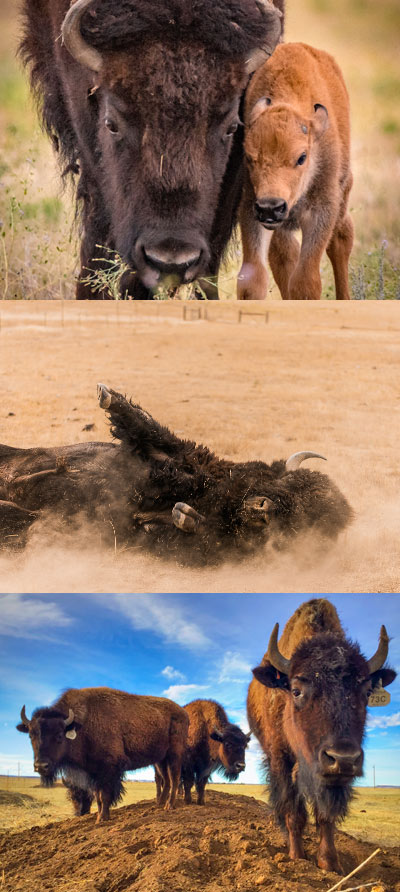
About the Species
There are two subspecies of buffalo: Plains Bison and Woods Bison. There is a very small difference in genetic makeup of these two subspecies. Woods typically live at higher latitudes, have a darker coat, weigh a little more and have a hump that is further up their bodies – above the shoulders.
Wild buffalo live to be 15 to 20 years old, but there have been examples of buffalo living over 30 years old. Both bulls (males) and cows (females) grow a single set of horns. If they break a horn, a new one will not replace the lost horn, but they will still continue to grow.
Buffalo History
It was estimated that there were 30 million buffalo in North American prior to 1830. After Lewis and Clark made their report about the buffalo in the West, hunting parties were soon killing up to 250 head a day. By the late 1800’s it was estimated that there was less than a 1,000 buffalo left in North America (but they were never listed as endangered).
Today there are over 500,000 head of buffalo in North America on both public and private lands, and that number is growing. Private ranchers are the primary reason for the rebirth of buffalo, due to the large demand for buffalo meat.
With approximately two million acres of land to his name, Ted Turner is the second largest individual landholder in North America and has over 50,000 buffalo on that land. There are several public herds established across the country on vast tracks of land. In 2016, bison became the official mammal of the United States.
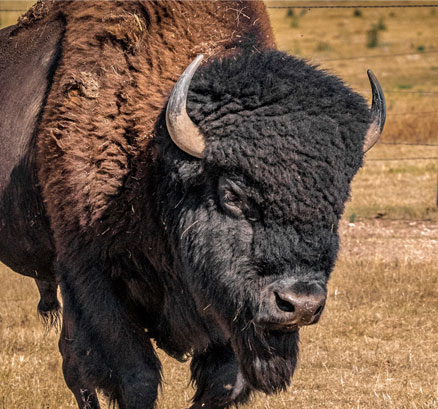
Bulls (Males)
Male buffalo, called bulls, are 6 feet tall at their hump and weigh over 2,000 pounds. They protect the herd and growl.
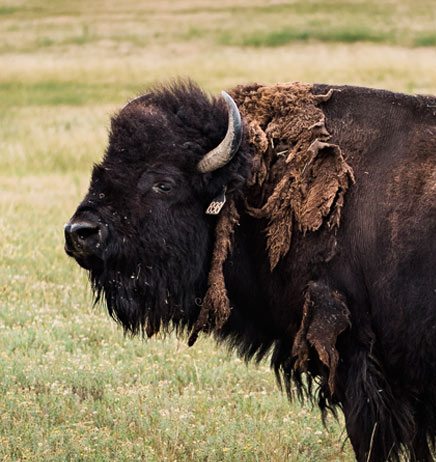
Cows (Females)
Female buffalo, called cows, are 5 feet tall at their hump and weigh over 1,000 pounds. They have horns like the bulls and their udders are smaller than cattle.
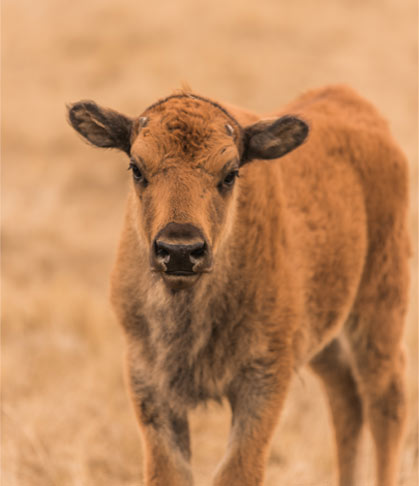
Calf (Baby)
A baby buffalo, called a calf, is born orange. They stand right after birth and will start eating grass at 1 month. Calves will nurse for 9 months.
